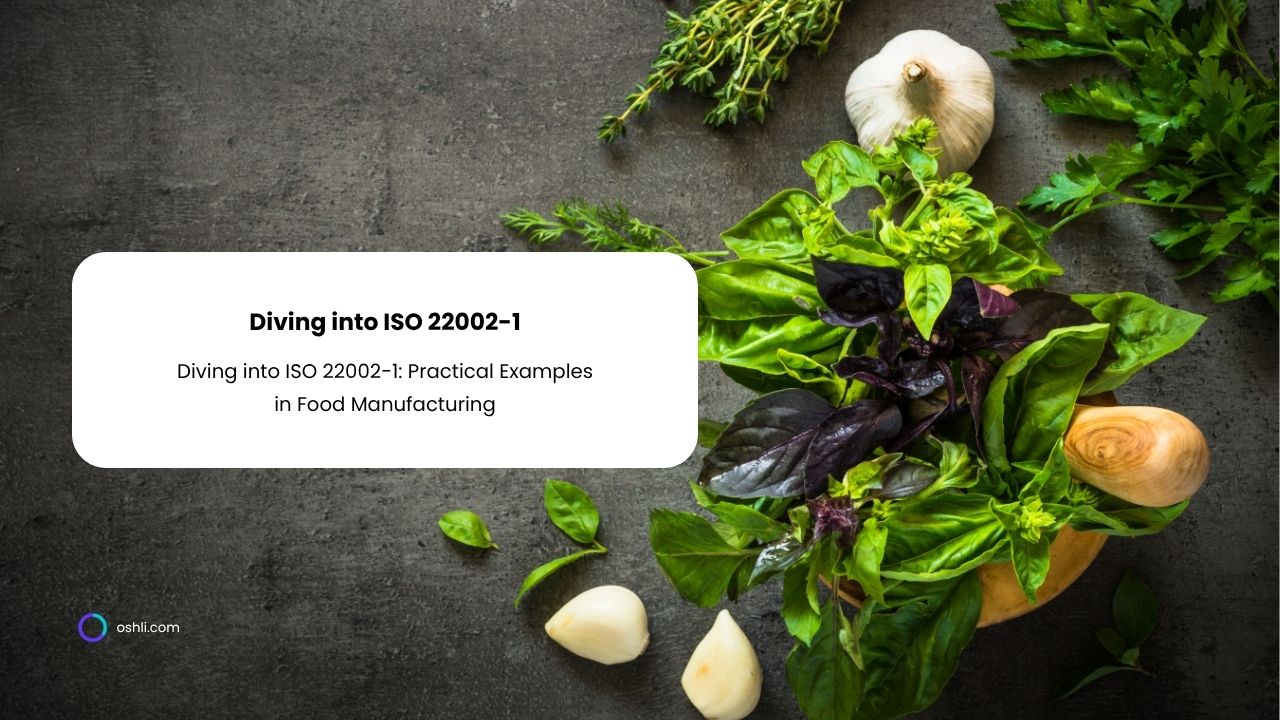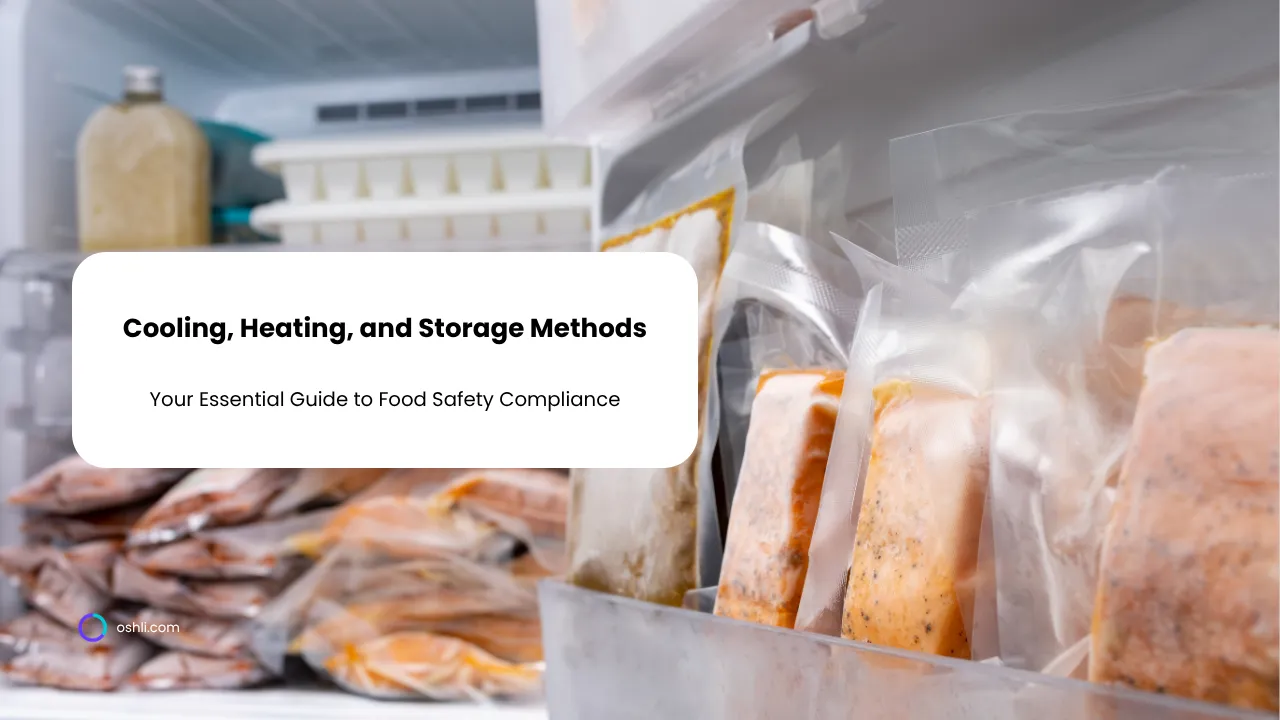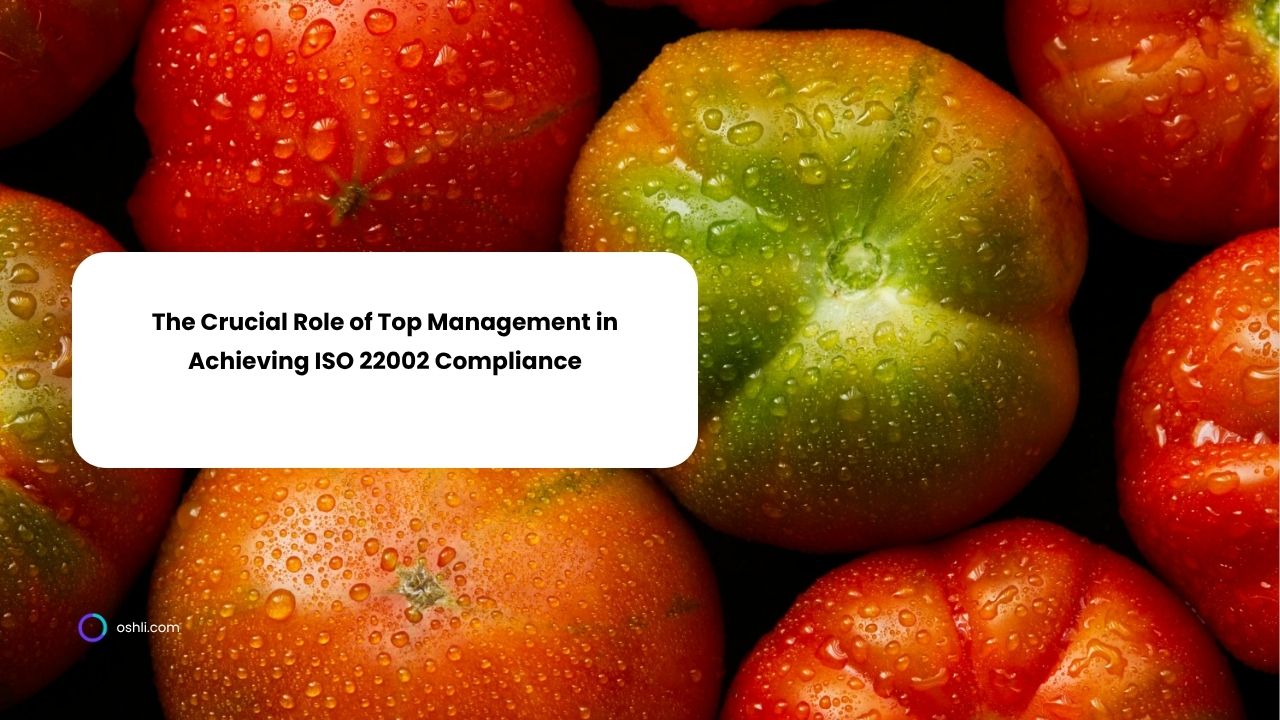
Diving into ISO 22002-1: Practical Examples in Food Manufacturing
In the dynamic world of food manufacturing, maintaining top-tier food safety standards is non-negotiable. Enter ISO 22002-1, the international guideline for prerequisite programs (PRPs) tailored specifically for food processing environments. This standard complements HACCP principles, providing a robust foundation for preventing contamination and ensuring product integrity. Whether you're optimizing workflows or auditing operations, ISO 22002-1 offers actionable strategies to elevate your food safety management system (FSMS).
As we navigate 2025's evolving regulatory landscape, integrating ISO 22002-1 isn't just compliance—it's a proactive step toward resilience. Let's explore practical examples across key areas, blending professional insights with approachable tips to make implementation feel straightforward.
1. Layout and Workspace Design
Effective facility design is the first line of defense against cross-contamination. ISO 22002-1 emphasizes zoning to separate raw materials from finished products, minimizing microbial risks in food manufacturing.
Practical Example: In a bakery producing ready-to-eat pastries, dedicate distinct zones for dough mixing (raw area) and filling stations (high-risk). Install air curtains at entry points to control airflow, reducing airborne contaminants by up to 40%. Use color-coded flooring—blue for raw, green for finished—to visually guide staff, fostering intuitive hygiene compliance. This setup not only aligns with ISO 22002-1's PRP on premises but also streamlines HACCP monitoring, cutting audit times significantly.
2. Utility Systems and Maintenance
Water, air, and steam systems must be safeguarded to prevent introducing hazards. The standard requires regular validation of utilities to ensure they don't compromise food safety.
Practical Example: For a dairy plant handling pasteurization, implement inline sensors for water quality, testing pH and microbial load daily. Schedule quarterly deep cleans of HVAC filters using food-grade disinfectants, as per ISO 22002-1 guidelines. In one case, this reduced Legionella incidents by 60%, showcasing how preventive maintenance integrates seamlessly with HACCP critical control points (CCPs) like heat treatment verification.
3. Waste Management and Pest Control
Proper disposal and exclusion prevent attractants for pests, a core PRP in ISO 22002-1.
Practical Example: In meat processing, use lidded, foot-operated bins segregated by waste type (organic vs. non-organic) and dispose via scheduled collections to avoid overflow. Deploy integrated pest management (IPM) with bait stations monitored weekly via digital logs. This approach, compliant with food safety standards, has helped facilities achieve zero pest-related recalls, emphasizing traceability in incident reporting.
4. Personal Hygiene and Training
Human factors are pivotal; the standard mandates comprehensive training and hygiene protocols.
Practical Example: Roll out annual workshops on handwashing techniques, using UV lights to demonstrate efficacy under ISO 22002-1. Provide dedicated changing rooms with footbaths for entering production areas. In a snack foods operation, this led to a 25% drop in hygiene violations, enhancing overall FSMS effectiveness when paired with HACCP employee competency checks.
5. Cleaning and Sanitation
Validated cleaning schedules are essential for surface and equipment hygiene.
Practical Example: Adopt ATP swabbing post-clean to verify sanitizer efficacy in a beverage bottling line. Rotate chemicals to prevent resistance, following ISO 22002-1's documentation requirements. Facilities adopting this see microbial counts below 10 CFU/cm², directly supporting HACCP sanitation CCPs.
Conclusion: Building a Safer Future
ISO 22002-1 empowers food manufacturing professionals to create layered defenses against risks, harmonizing with global food safety standards like GFSI benchmarks. By applying these practical examples—from zoning to sanitation—you'll not only meet compliance but also build consumer trust through reliable, safe products.
Ready to dive deeper? Review your PRPs today and consider how ISO 22002-1 can refine your operations for tomorrow's challenges. Stay safe, stay standard-compliant!
Join our newsletter!
Enter your email to receive our latest news.
Don't worry, we don't spam
Related Articles

Guide to Developing a Professional Checklist for ISO 45001 Diagnostic Audits
The ISO 45001 standard establishes a framework for Occupational Health and Safety Management Systems (OHSMS), aiming to enhance employee safety, reduce workplace risks, and create safer working conditions. A diagnostic audit aligned with ISO 45001 is a proactive approach that allows organizations to assess current compliance, identify weaknesses, and prioritize improvements. Central to this process is a professionally structured checklist that ensures consistency, accuracy, and depth in audit execution.

Cooling, Heating, and Storage Methods: Your Essential Guide
Discover how to create a cooling, heating, and storage methods template to ensure food safety, meet compliance, and optimize temperature control with free templates.

The Crucial Role of Top Management in Achieving ISO 22002 Compliance
Explore how top management's leadership drives ISO 22002 compliance, ensuring robust food safety management through commitment, policy, and oversight.


